How Much Protein in One Roti? A Complete Guide
When it comes to traditional South Asian diets, roti is a staple found on nearly every plate. Whether it’s paired with vegetables, lentils, or meats, roti serves as a key source of energy and nutrition. But in today’s health-conscious world, many people—especially fitness enthusiasts and those tracking their macronutrients—ask the question: how much protein in one roti?
Understanding the nutritional value of what we eat is the first step toward building a balanced, healthy lifestyle. In this article, we’ll break down the protein content in a standard roti, factors that affect it, how it fits into your daily protein intake, and ways to increase its protein value.
What Is Roti Made From?
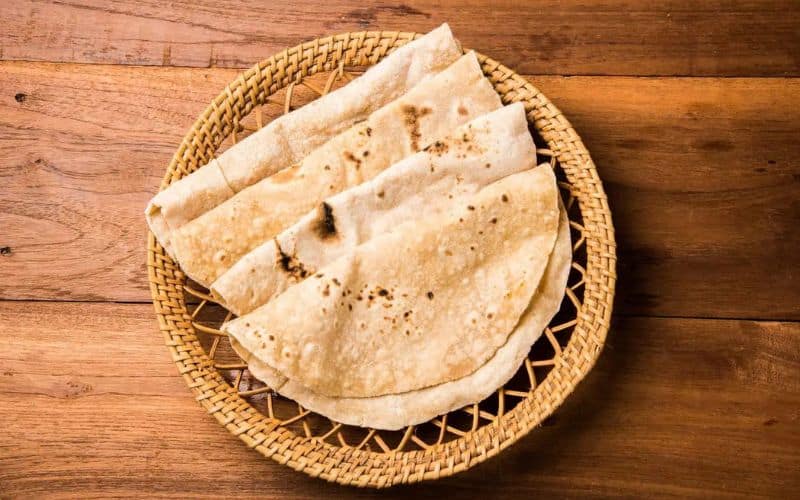
Before answering how much protein in one roti, it’s essential to understand its ingredients. A traditional roti is made from whole wheat flour (atta), mixed with water, and cooked on a flat pan (tava). Some variations may include ghee, salt, or even milk to make it softer.
The primary ingredient—whole wheat—contains carbohydrates, dietary fiber, some fat, and a moderate amount of plant-based protein. However, the exact amount of protein varies depending on how the roti is prepared and the portion size.
How Much Protein in One Roti?
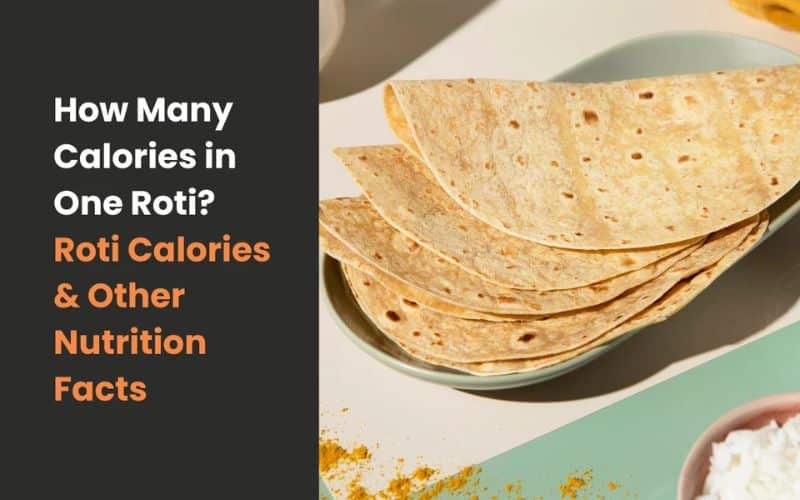
A standard homemade roti weighs around 35–40 grams (uncooked flour) and contains approximately:
- Protein: 2.5 to 3.5 grams
- Calories: 90 to 110 kcal
- Carbohydrates: 15 to 18 grams
- Fat: 1 to 2 grams
- Fiber: 2 to 3 grams
So, how much protein in one roti depends largely on the size and thickness, but a general estimate falls in the range of 3 grams of protein per roti.
Comparison with Other Protein Sources
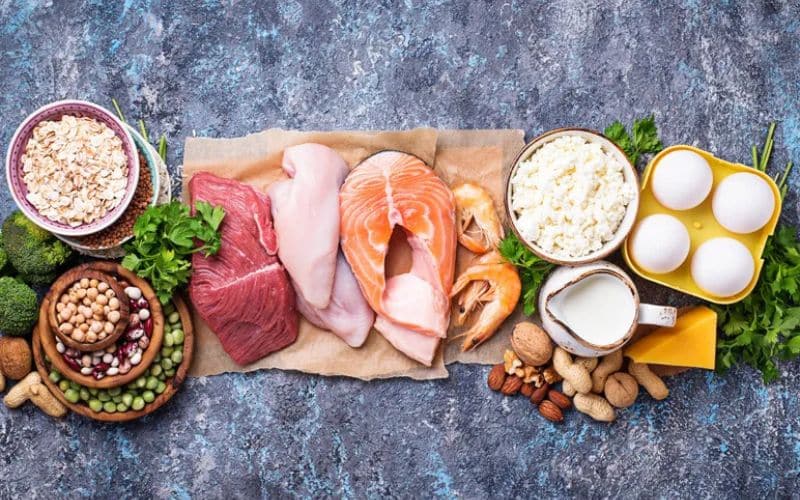
To put this into perspective:
- 1 egg contains ~6g of protein
- 100g of chicken breast has ~30g of protein
- 1 cup cooked lentils has ~18g of protein
- 1 scoop of whey protein provides ~20–25g of protein
So while roti contributes to daily protein intake, it shouldn’t be relied on as a primary protein source—especially for those looking to build muscle or meet high protein needs.
Factors That Influence Protein in a Roti
There isn’t one fixed answer to how much protein in one roti because several factors come into play:
1. Type of Flour Used
- Whole wheat flour: Standard roti has around 3g protein.
- Multigrain flour: May contain higher protein if blended with chickpea or soy flour.
- High-protein flour blends: Some commercial brands fortify flours with added protein.
2. Additives and Fillings
Adding besan (gram flour), soy flour, or chia seeds to the dough can increase protein content.
Stuffed rotis (like paneer or lentil paratha) naturally contain more protein due to the filling.
3. Portion Size
A larger or thicker roti will contain more flour and therefore more protein. Always weigh the flour used to get an accurate estimate. Here Recommended Products
- Whey Protein 2kg – 24 g protein per scoop, ideal for post-workout shakes or adding to roti dough
- Mass Gainer 3kg – High-calorie blend (50 g protein), great with rotis as part of a muscle-gain diet
- Plant Protein (1kg) – Plant-based option for vegan-friendly protein enhancement
How Roti Fits into a High-Protein Diet
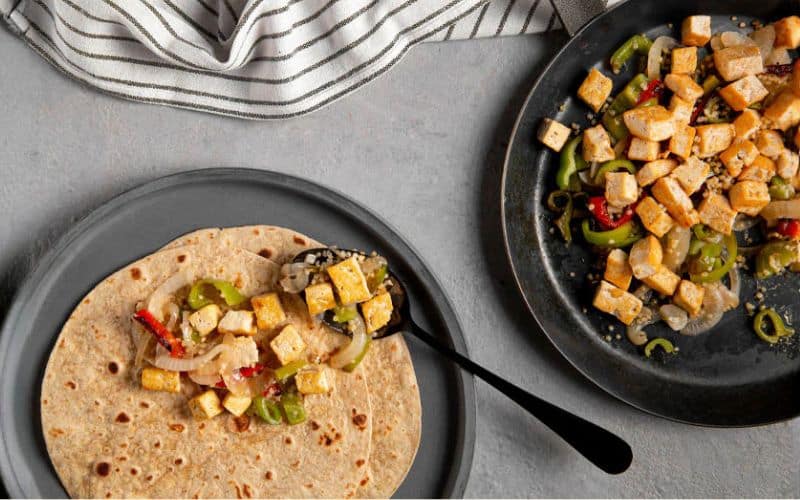
If you’re tracking your protein intake for fitness, muscle building, or weight management, knowing how much protein in one roti helps you plan meals more effectively.
Here’s how you can include roti in a protein-rich meal:
- Pair it with dal (lentils), chicken, or tofu
- Add low-fat Greek yogurt as a side
- Use whey protein supplements for convenience (especially post-workout)
While roti contributes a small amount of protein, combining it with rich protein sources ensures you meet your daily goals.
How to Make High-Protein Roti
Want to make your roti even healthier? Try these tips:
- Mix chickpea flour (besan) into whole wheat flour
- Add flaxseeds, chia seeds, or hemp seeds to the dough
- Use Greek yogurt or milk while kneading
- Add protein powder (unflavored) for an extra boost
- Serve with high-protein curries like soya, paneer, or egg
These enhancements not only increase protein content but also add flavor and texture to your meals.
FAQs: How Much Protein in One Roti
Q1: Is roti a good source of protein?
Roti provides a moderate amount of protein (~3g per piece), but it’s not a complete protein source. Pair it with dals, meat, or dairy for a balanced meal.
Q2: How can I increase the protein content in roti?
Use multigrain flour, mix in besan or soy flour, add seeds like flax or chia, or combine with high-protein fillings like paneer or lentils.
Q3: How much protein in one roti made with multigrain flour?
A multigrain roti can have 4–5g of protein depending on the grains used—like oats, soy, or chickpeas.
Q4: Is roti better than rice for protein intake?
Yes, roti has slightly more than plain white rice, but both are best consumed with protein-rich sides for a complete meal.
Q5: Should gym-goers eat roti?
Yes, roti can be part of a muscle-gain diet when paired with high-protein foods or supplements. Learn more about muscle support at Syner Nutrition.
Conclusion
Understanding how much protein in one roti can help you make smarter food choices, especially if you’re aiming to meet specific fitness or nutritional goals. While roti alone won’t fulfill your daily protein needs, it plays an important role when combined with other nutrient-dense foods.
If you’re serious about meeting your protein requirements or looking for convenient, high-quality protein supplements, visit Syner Nutrition. From whey protein to mass gainers and meal replacements, you’ll find everything you need to support your fitness journey.

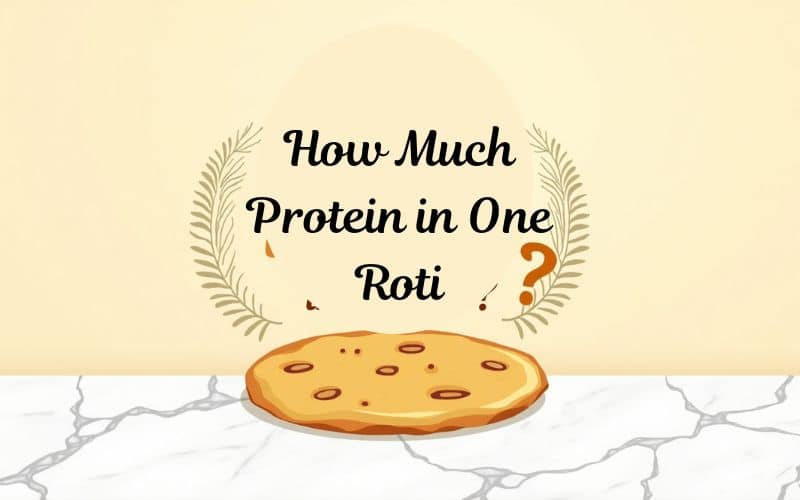


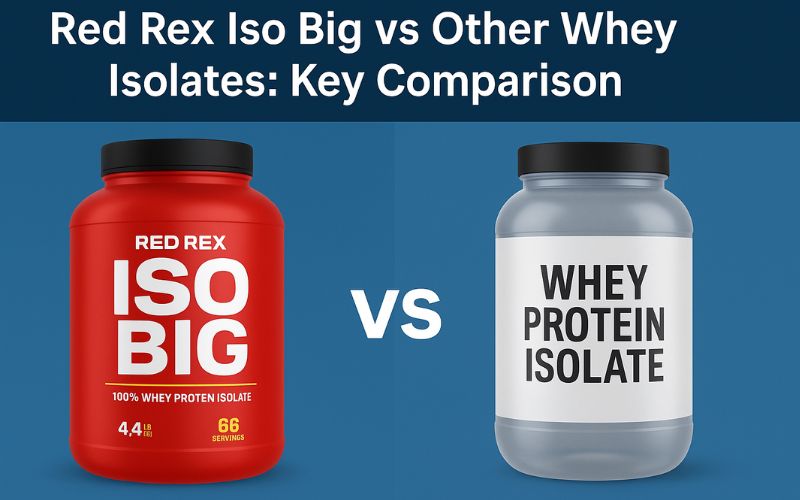

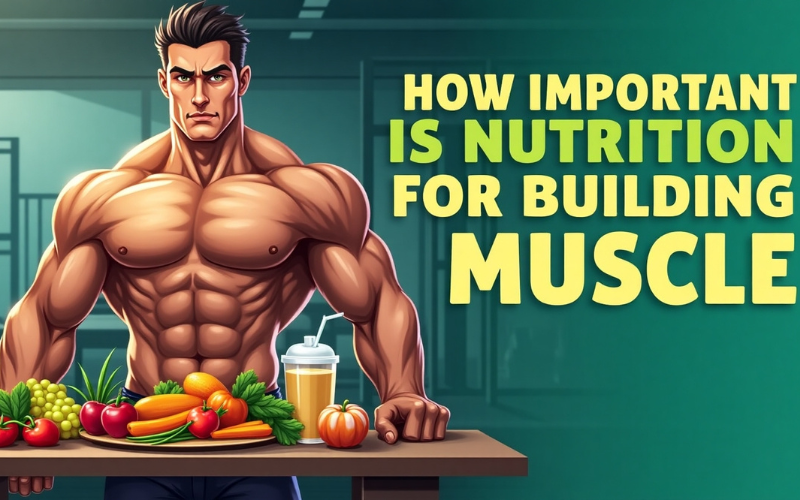


Add comment